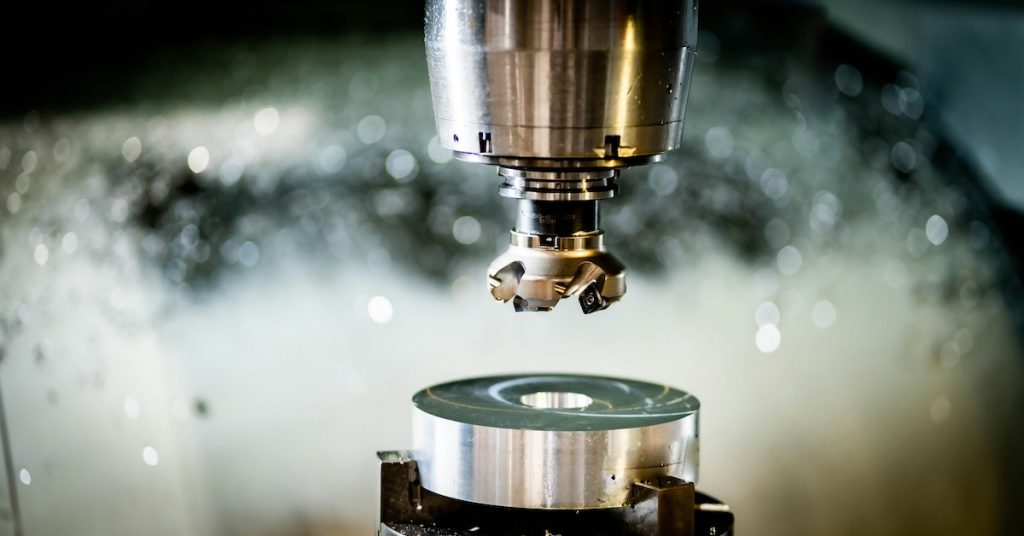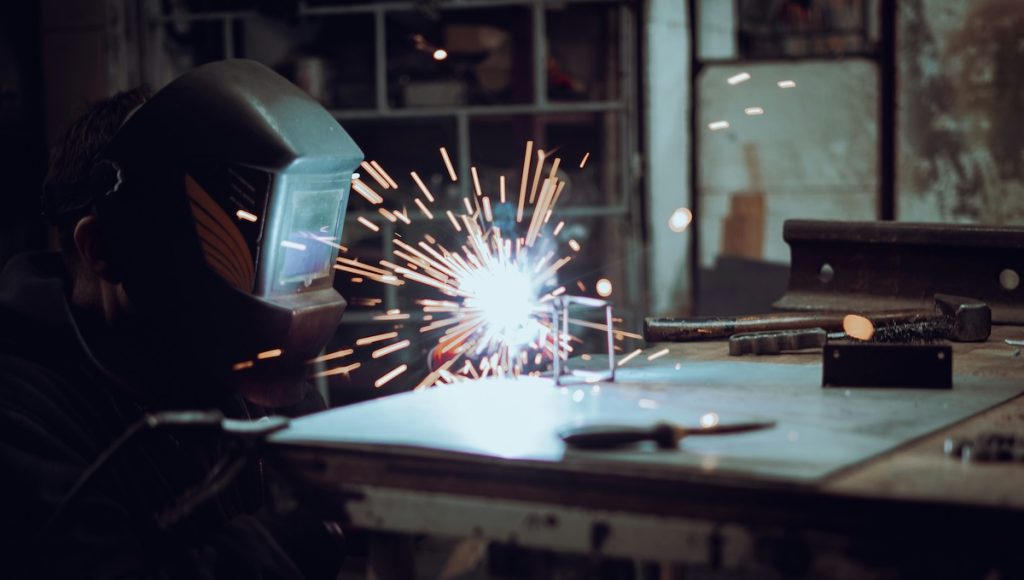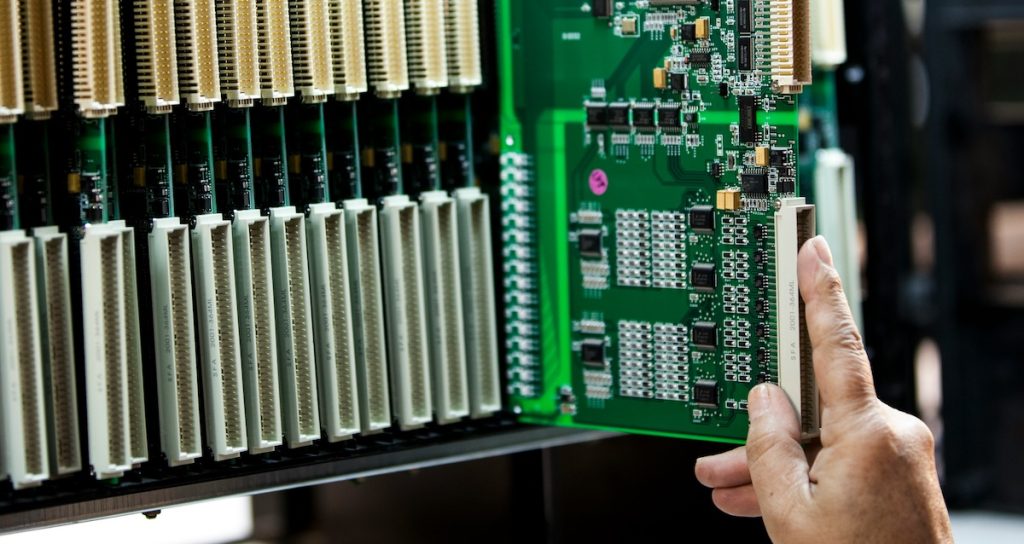Computer Numerical Control (CNC) machining represents the pinnacle of modern industrial automation and precision. With roots tracing back to early numerically controlled tools in the 1940s, CNC has evolved into a vital manufacturing process that combines hardware, software, and digital design into one streamlined system.
As industries demand higher accuracy, tighter tolerances, and greater efficiency, CNC manufacturing answers the call, enabling the production of complex, repeatable components at scale. This guide dives into the fundamentals of CNC manufacturing, unpacks its various types and benefits, and offers actionable insights into choosing the right CNC manufacturing services or companies to partner with.
So, what does CNC mean in manufacturing? Simply, it means leveraging computer software to dictate how tools like mills, lathes, and grinders perform their operations. These instructions, derived from digital blueprints, eliminate the variability of manual labor and enhance productivity. Whether you’re curious about what CNC is in manufacturing or evaluating top-tier CNC manufacturing companies for your next big project, the answers begin here.
What Does CNC Stand for in Manufacturing?
In manufacturing, CNC stands for Computer Numerical Control. This term describes a system where machining equipment, like mills, lathes, routers, or grinders, is operated via programmed computer commands rather than manually. This automation not only enhances precision but also dramatically reduces human error, increases efficiency, and enables 24/7 production cycles.
For an authoritative perspective on hybrid CNC capabilities and two-process integration, consider how machines can combine both additive and subtractive manufacturing in a single unit.
Key Phases in the CNC Manufacturing Workflow
The CNC manufacturing process typically begins with CAD design and CAM programming, followed by machine setup, production, and quality inspection. Each phase ensures accuracy, efficiency, and alignment with project specifications from start to finish.
1. CAD Design and CAM Programming
The process starts with detailed designs created in CAD (Computer-Aided Design) software. This digital model is then converted into machine instructions via CAM (Computer-Aided Manufacturing). The CAM software generates G-code, which instructs the CNC machine on tool paths, feed rates, depth of cut, and spindle speeds. These data points form the backbone of automated part production.
2. Setup and Tool Selection
Next, the operator configures the machine and installs the necessary tools. For complex components, multi-tool turrets and Automatic Tool Changers (ATCs) are utilized. Workholding setups (like vises or fixtures) ensure the raw material is clamped securely and accurately.
3. CNC Machining Operations
With everything in place, the machine begins executing tasks such as milling, turning, drilling, and tapping. Sensors and machine vision systems provide real-time feedback, enhancing quality control. Advanced machines can also perform automated inspections or switch tools mid-process to reduce downtime.
Types of CNC Machining Processes
CNC machining includes processes like milling, turning, drilling, and grinding—each suited for specific shapes and materials. These techniques can be used individually or combined to achieve complex part geometries with tight tolerances.
CNC Milling
This is the most common CNC process. The workpiece remains stationary while rotary cutters move along multiple axes to carve out features, holes, and contours. Multi-axis milling (3-axis to 5-axis) allows for highly detailed and multi-dimensional parts. Eagle Metalcraft’s precision sheet metal forming is a great example of how CNC milling delivers repeatable precision for commercial and defense applications.
CNC Turning
In turning operations, the workpiece rotates while a stationary cutting tool removes material. It is perfect for cylindrical or rounded parts like bushings, flanges, and shafts. CNC lathes are known for producing consistent high-volume output with minimal variation.
Drilling, Tapping, and Hybrid Machining
CNC machines can also perform secondary operations like drilling holes, countersinking, and thread tapping. Hybrid CNC machines go further—they can perform two types of manufacturing processes, such as milling and 3D printing, or subtractive and additive processes in a single cycle. This reduces setup time and boosts productivity.
Benefits of CNC Manufacturing Services
CNC machining services offer unmatched precision and repeatability, ensuring consistent quality across high- and low-volume production runs. They also reduce human error, streamline lead times, and enable complex geometries that traditional machining can’t achieve.
Precision and Consistency
High-end CNC machines can achieve tolerances as close as ±0.0002 inches. Once a part is programmed and dialed in, it can be replicated thousands of times without deviation, making CNC ideal for industries where precision equals safety, such as medical and aerospace.
Scalability and Speed
One of the strongest reasons to invest in CNC manufacturing services is scalability. Prototypes, low-volume production, and mass manufacturing can all be accommodated. Digital files make it easy to modify or repeat designs on demand, allowing agile response to changing needs.
Material Versatility
CNC machines can handle everything from aluminum, brass, and stainless steel to plastics and advanced composites. This flexibility allows companies to serve a wide array of industries, including medical, electronics, and military sectors.
Choosing Among CNC Manufacturing Companies
Not all CNC manufacturers offer the same expertise or capabilities. Factors like ISO certification, machine types, staff expertise, and past project complexity should be considered. For instance, Eagle Metalcraft’s robotic laser welding services highlight their investment in automation and quality assurance, key attributes when selecting a partner.
Additionally, look for companies with a proven history in sectors relevant to your needs. Eagle Metalcraft’s work in medical devices manufacturing and ITAR compliance demonstrates their ability to navigate regulated environments and deliver mission-critical results.
Why CNC Manufacturing Matters
What is CNC in manufacturing? It’s the backbone of today’s precision-driven economy. From rapid prototyping to high-volume production, CNC technologies empower businesses to produce stronger, faster, and smarter. As digital transformation accelerates, expect to see CNC machines become even more integrated with AI, IoT, and real-time analytics, creating a smarter, leaner manufacturing ecosystem.
To learn more or get started on a custom CNC project, explore Eagle Metalcraft’s full-service capabilities.
FAQs: Does Your Company Need CNC Machining?
CNC manufacturing services are commonly used for producing precise parts in industries like aerospace, automotive, and medical. They work by automating machining processes with computer-controlled tools, allowing for faster production and tighter tolerances.
What is CNC manufacturing?
CNC machining is the automated process of creating parts by removing material from a workpiece using computer-controlled machines. It ensures consistent precision and is widely used across aerospace, medical, automotive, and electronics industries.
What does CNC stand for in manufacturing?
CNC stands for Computer Numerical Control. It refers to the computerized automation of machine tools to perform precise, complex machining tasks based on programmed commands.
What does CNC mean in manufacturing?
It means that machine tools operate using computer-generated code, enabling high-speed, high-precision manufacturing with minimal human intervention.
What is CNC in manufacturing used for?
CNC is used to create parts and components with exact specifications, ranging from surgical implants to aerospace engine parts. It’s also essential for mass production and prototyping alike.
What two types of manufacturing processes can a hybrid CNC perform?
A hybrid CNC machine can perform both additive manufacturing (e.g., 3D printing) and subtractive manufacturing (e.g., milling or turning), allowing for efficient part production and design flexibility in a single system.



